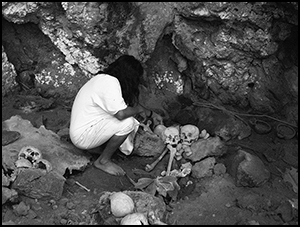Article contents
The perduring Maya: new archaeology on early Colonial transitions
Published online by Cambridge University Press: 06 April 2016
Abstract

The impact of the Spanish conquest and colonisation of Maya territories between 1520 and the 1700s is often regarded as a homogeneous process. Archaeological research conducted over the last 16 years shows this to be far from true. A much more nuanced understanding of the complexities and relationships between Indigenous peoples and the new colonial forces can be achieved by comparing colonised, semi-conquered and unconquered zones within the Maya area. Such an understanding allows Maya archaeology to transcend the simplistic and limiting framework of conquest and collapse that has traditionally typified the narrative of colonial interaction.
- Type
- Research
- Information
- Copyright
- Copyright © Antiquity Publications Ltd, 2016
References
- 4
- Cited by


